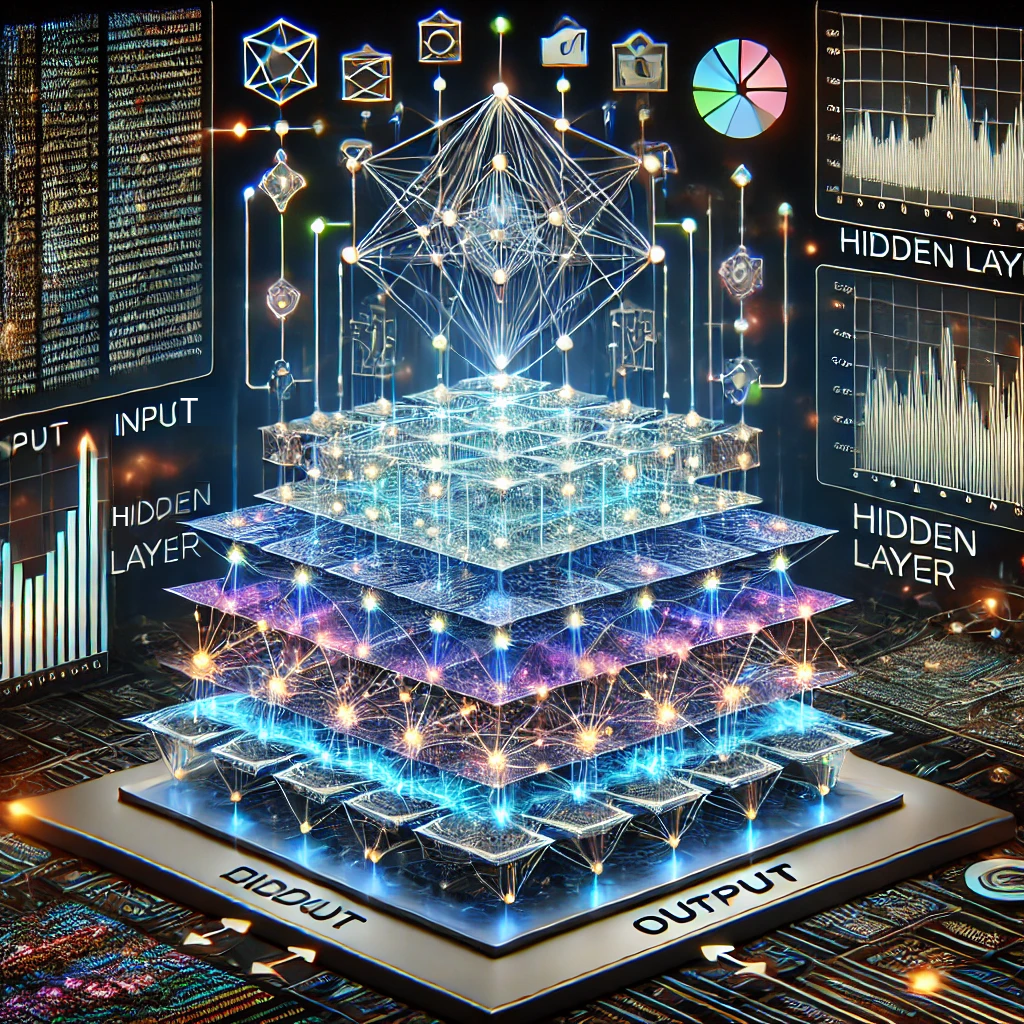How Do Brain-Like Computers Learn?
Article Source: An Overview of Neural Networks

Why You Should Care
Neural networks are transforming technology, driving advancements in AI that impact our daily lives. From powering virtual assistants to enabling breakthroughs in medical diagnoses, these systems are crucial in shaping the future. Understanding them is key to grasping how they influence innovation across industries.
Answering the Question… How Do Brain-Like Computers Learn?
Neural networks work by mimicking the human brain’s structure, learning patterns from data through interconnected layers of artificial neurons. They process vast amounts of information, enabling applications like image recognition, language translation, and predictive analytics. This process helps machines "learn" and improve their performance over time.
How Was the Study Done?
The study reviewed various neural network architectures, including feedforward, convolutional, and recurrent networks. It explored how these networks are trained, focusing on backpropagation and other optimization techniques that enhance learning efficiency. The research also analyzed the application of these networks in different fields.
What Was Discovered?
- Widespread Use: Neural networks are applied in many areas, such as healthcare, where they assist in diagnosing diseases with up to 95% accuracy, and in finance, where they predict stock market trends with remarkable precision.
- Scalability: Neural networks are highly scalable, meaning they can grow with the data they process. The study found that networks with over 100 layers, known as deep learning models, are more effective at handling complex tasks like natural language processing.
- Optimization Techniques: The research highlighted key optimization techniques such as dropout, which reduces overfitting by 20%, and batch normalization, which speeds up training times by 30-50%. These methods are crucial for improving the efficiency and accuracy of neural networks.
- Energy Consumption: Training large-scale neural networks requires significant computational power. For instance, training a single model can consume energy equivalent to the lifetime emissions of a car, emphasizing the need for more energy-efficient solutions.
- Innovative Applications: Neural networks have enabled innovations like autonomous vehicles, which rely on deep learning for real-time decision-making, and AI-driven personal assistants, which use natural language processing to interact with users.
Why Does It Matter?
Understanding neural networks is vital because they are central to the future of AI. Their applications are expanding rapidly, influencing sectors from healthcare to finance and beyond. As these networks continue to evolve, they will unlock new possibilities, making technology more intuitive and powerful, and ultimately, improving the quality of life across the globe.
Link to full article: An Overview of Neural Networks
